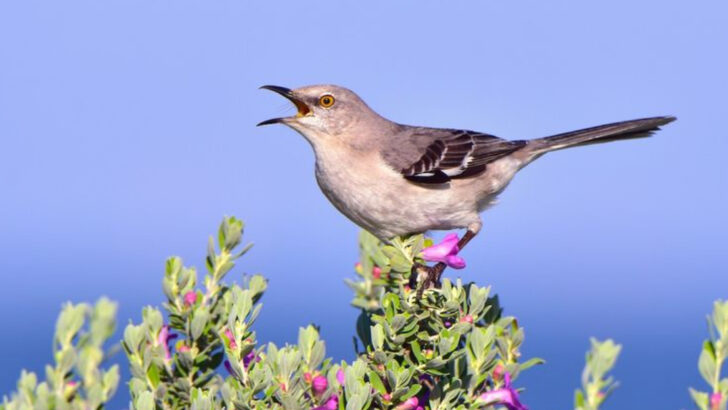Think birds are just about chirping and singing? Think again.
In the wild, some birds are master illusionists, using mimicry as a survival tool. These feathered tricksters don’t just imitate sounds—they use them to blend in, outwit predators, and even attract mates.
From mimicking the calls of dangerous predators to imitating human-made noises, these birds are true artists of deception. They’ve turned sound into a weapon, a disguise, and a ticket to staying alive.
So next time you hear an unfamiliar noise in the wild, it might not be what you think. You’re about to discover the surprising world of birds that can fool even the sharpest ears.
Northern Mockingbird
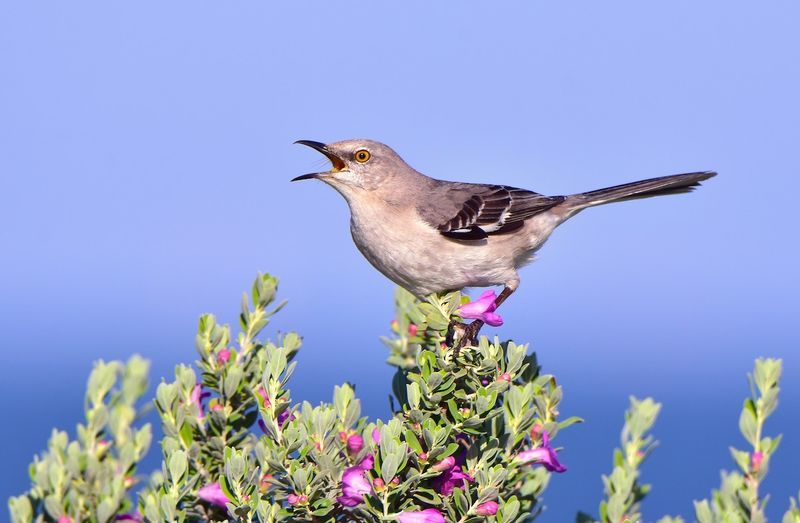
The Northern Mockingbird is a master vocal imitator, commonly found across North America. Known for its impressive repertoire, it can mimic around 200 different sounds, including other birds and even mechanical noises.
This bird’s ability to replicate such a wide array of calls serves as both a mating display and a territorial defense mechanism. By imitating the calls of other species, it creates the illusion of a diverse community, deterring intruders.
Its relentless singing, sometimes even during the night, showcases its dedication to maintaining its territory and attracting a mate.
Lyrebird
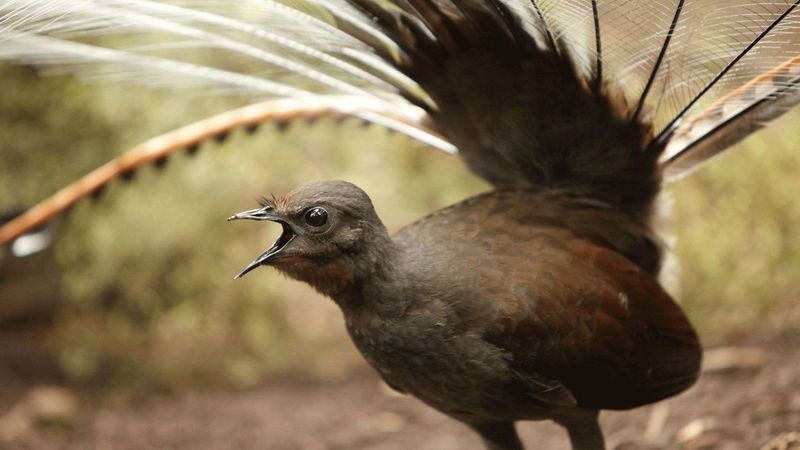
Native to Australia, the Lyrebird is renowned for its extraordinary vocal mimicry. With an ability to imitate natural and artificial sounds, it has been recorded mimicking chainsaws, camera shutters, and more.
The male Lyrebird uses this talent to woo females, showcasing its vocal range and creativity. Its tail feathers, shaped like a lyre, add to its allure, especially during the mating dance.
In the dense forests of Australia, the Lyrebird’s mimicking skills are a testament to its adaptability and intelligence, often leaving audiences in awe of its capabilities.
European Starling
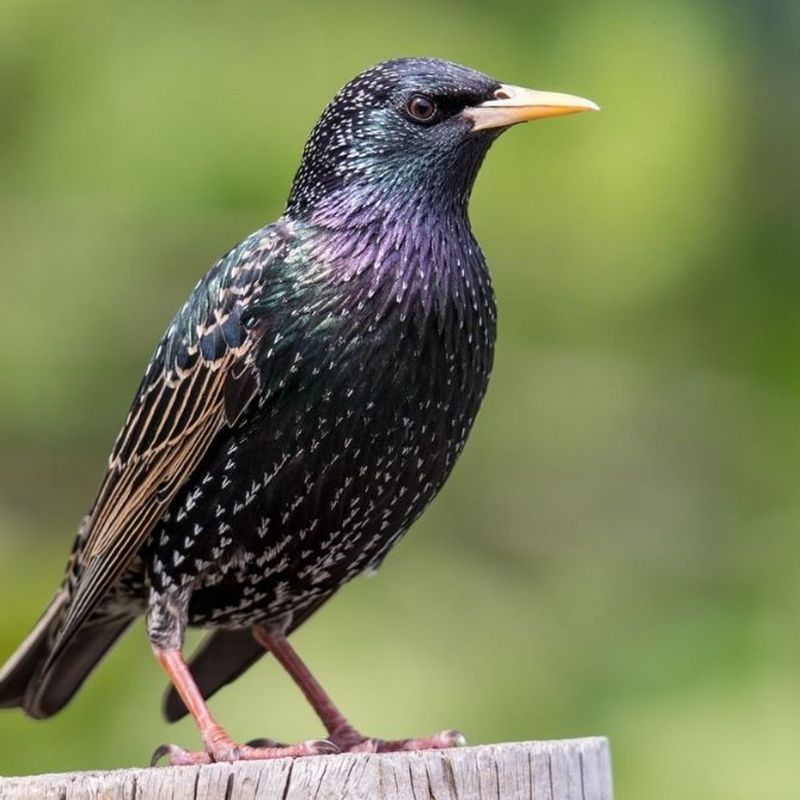
The European Starling is a highly adaptable songbird found across Europe, Asia, and North America. Its vocal abilities are impressive, often mimicking car alarms, human voices, and other urban noises.
This bird’s mimicry serves multiple purposes, from attracting mates to blending into noisy environments. Its adaptability to urban settings showcases its evolutionary success.
European Starlings are known for their murmurations, where thousands of birds fly in synchronized patterns. While their mimicry might not be as intricate as some other species, their ability to thrive in varied environments is remarkable.
Superb Fairywren
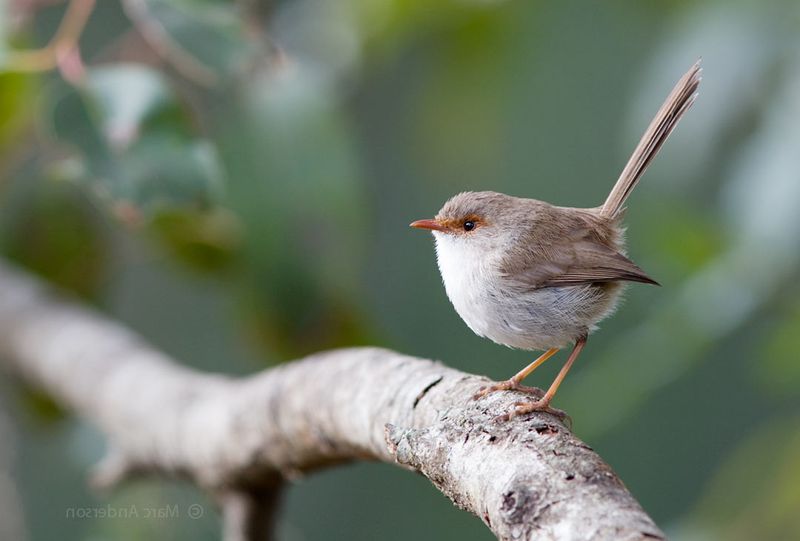
The Superb Fairywren, found in Australia, is a small bird with striking blue plumage. It’s known for its complex vocalizations, which include mimicking the calls of other birds.
This mimicry plays a role in mate attraction, as males showcase their vocal prowess to females. Their songs can also help in territorial defense, confusing potential rivals.
Despite its small size, the Superb Fairywren’s ability to mimic sounds demonstrates its resourcefulness and intelligence. These charming birds are often observed in pairs or small groups, adding vibrant color and life to their surroundings.
Brown Thrasher
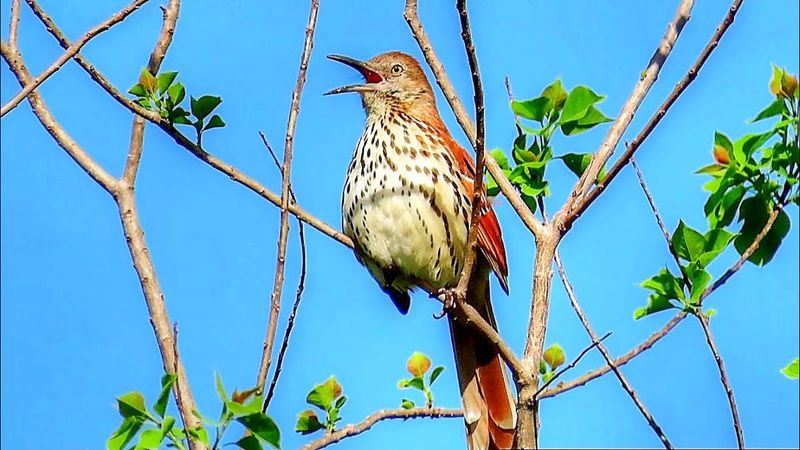
The Brown Thrasher, native to North America, is known for its extensive song repertoire. It can mimic over 1,000 different songs, including other bird calls and even insect noises.
This mimicry helps establish territory boundaries and attract mates. The male Brown Thrasher sings loudly from perches, showcasing its vocal range.
Its ability to learn and reproduce a wide variety of sounds demonstrates the bird’s impressive cognitive skills. As a result, the Brown Thrasher plays a crucial role in the acoustic landscape of its habitat, adding to the diversity of sounds in its environment.
Myna
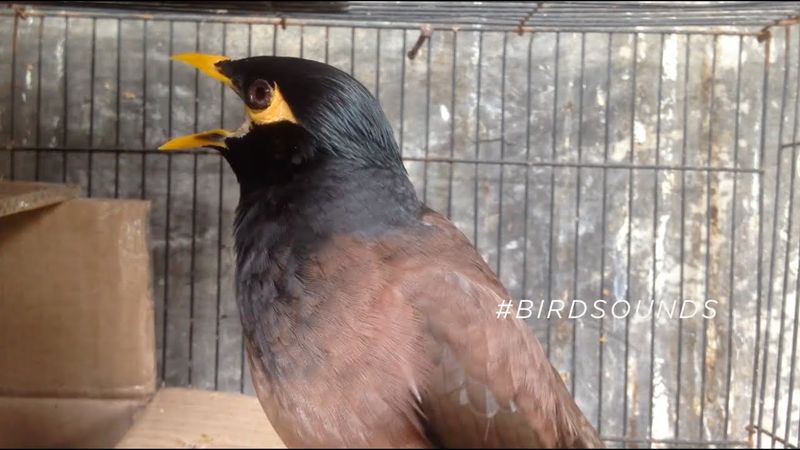
The Myna bird, found throughout Asia, is famous for its ability to mimic human speech and various city sounds. These birds are often seen in urban environments, where they adapt seamlessly.
Their vocal mimicry is not only entertaining but also serves as a form of social interaction and mate attraction. Mynas are highly social birds, often found in pairs or small flocks.
Their adaptability to human-altered landscapes showcases their resilience. With their gregarious nature and vocal skills, Myna birds have become a beloved presence in many Asian cities, adding a touch of nature to bustling urban life.
Greater Racket-tailed Drongo
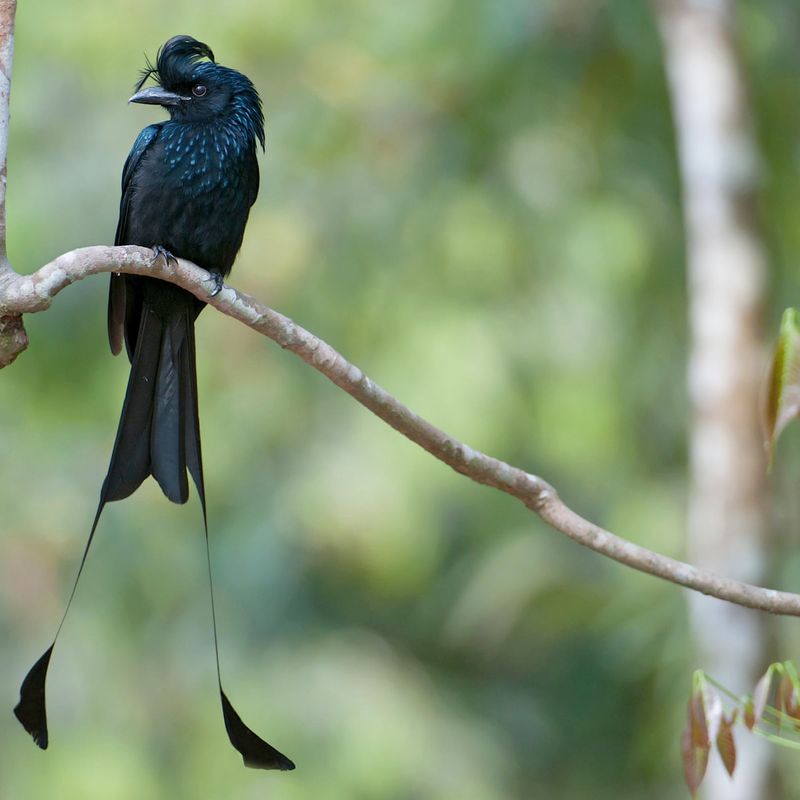
The Greater Racket-tailed Drongo, native to South Asia, is a remarkable mimic. It can imitate the calls of predators, other birds, and even mammals. This ability allows it to manipulate the behavior of other animals in its habitat.
By mimicking predator calls, the Drongo can scatter flocks, allowing it to steal food or take advantage of the chaos. Its long tail streamers add to its striking appearance, especially during flight.
This bird’s cunning use of vocal mimicry highlights its intelligence and adaptability, making it a fascinating study in avian behavior.
Hill Myna
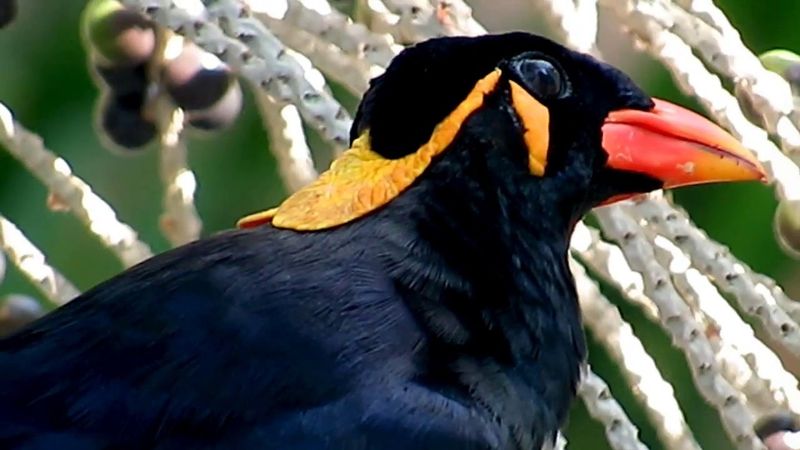
The Hill Myna, native to South Asia, is celebrated for its remarkable ability to mimic human speech with clarity and precision. These vibrant birds often inhabit forested areas, where they blend in with the natural chorus.
Their mimicry skills are utilized for social interaction and mate attraction, making them popular pets for their vocal talents. The Hill Myna’s ability to replicate sounds is not just limited to human speech, as they also mimic local wildlife.
This versatility in sound reproduction showcases their cognitive abilities and makes them a cherished species in their native regions.
African Grey Parrot
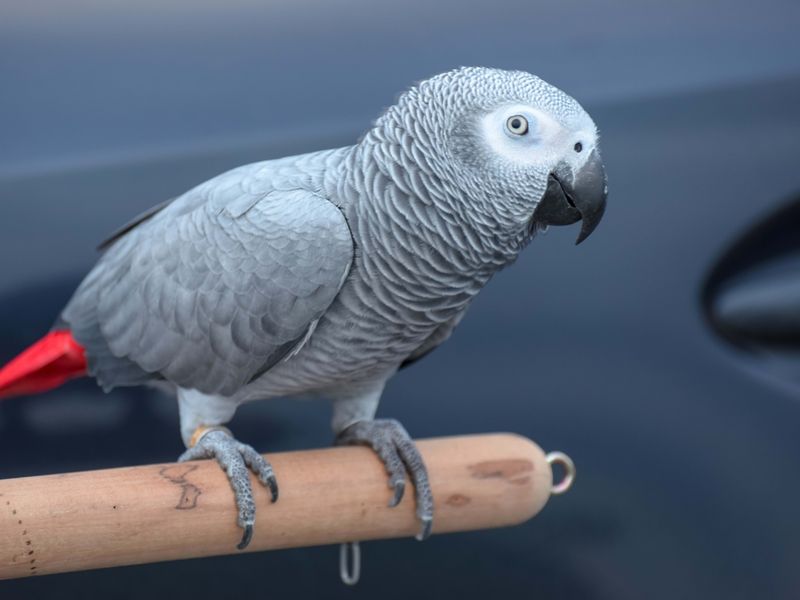
The African Grey Parrot, native to the rainforests of West and Central Africa, is renowned for its exceptional ability to mimic human speech and household sounds. Known for their intelligence, these parrots use mimicry for social bonding and entertainment.
Their vocal talents have made them popular pets, capable of developing extensive vocabularies. In the wild, their mimicry may help in identifying with their flock.
The African Grey’s cognitive abilities are among the highest in the avian world, and their capacity for mimicry is a testament to their complex social structures and adaptability.
Blue Jay
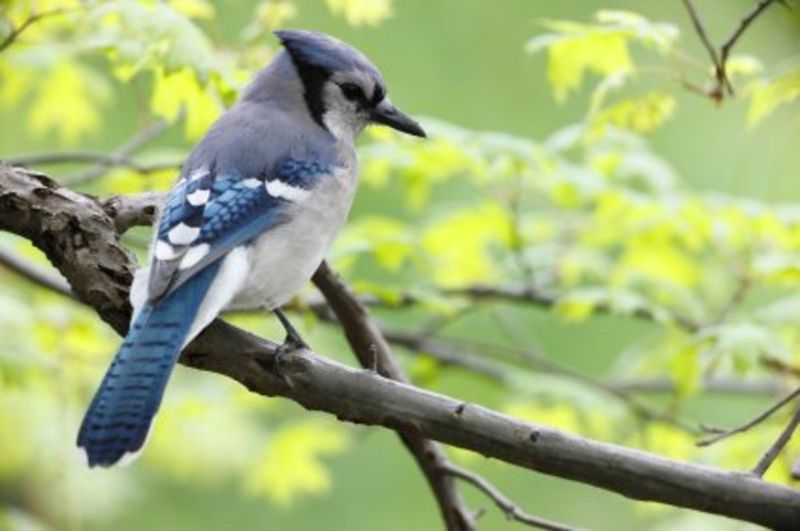
The Blue Jay, native to North America, is a clever mimic known for imitating hawk calls. This behavior serves as a deterrent to other birds, helping the Blue Jay protect its territory and food sources.
By mimicking a predator, the Blue Jay can create confusion and gain an advantage over its competitors. Its bright blue plumage adds to its striking appearance in the forest canopy.
This mimicry showcases the bird’s intelligence and resourcefulness, as it cleverly uses sound to influence the behavior of other animals in its environment.
Yellow-naped Amazon
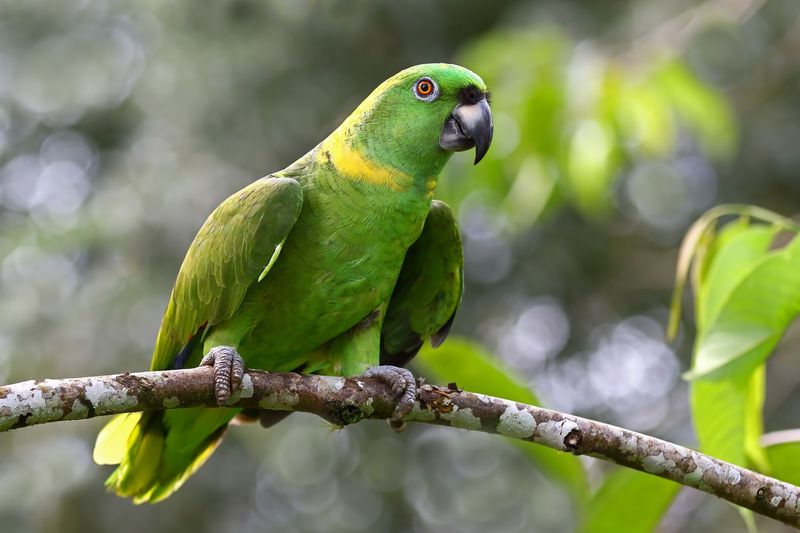
The Yellow-naped Amazon parrot, native to Central America, is renowned for its ability to mimic human speech and various sounds. These parrots are often encountered in tropical forests.
Their vocal abilities, combined with their social nature, make them popular pets. In the wild, mimicry aids in social interaction and mate attraction. Their striking appearance, with a signature yellow patch on the neck, adds to their charm.
The Yellow-naped Amazon’s mimicry skills highlight their intelligence and complex social behaviors, making them a fascinating species both in captivity and the wild.
Western Scrub-Jay
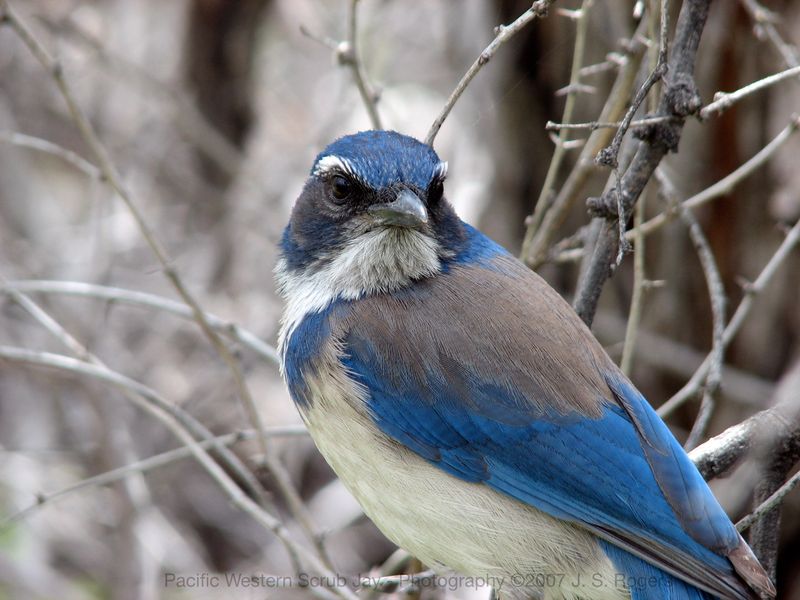
The Western Scrub-Jay, found in the western United States, is a resourceful bird known for its vocal mimicry. It can imitate the calls of other birds and environmental sounds.
This mimicry aids in communication and territorial defense, allowing the Scrub-Jay to establish dominance in its habitat. Its adaptability to different environments, from forests to deserts, showcases its resilience.
The Western Scrub-Jay’s intelligence is evident in its foraging strategies and ability to remember food locations, making it a formidable presence in its natural landscape.
Song Thrush
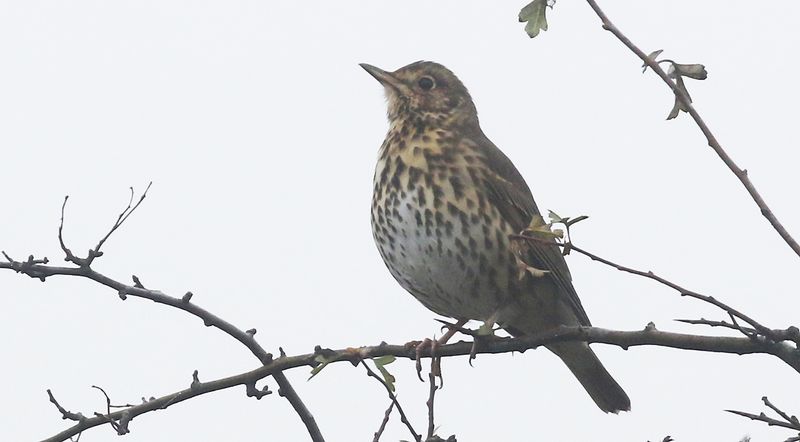
The Song Thrush, found throughout Europe and parts of Asia, is known for its rich and complex song. It can mimic other bird songs and even repeat phrases within its own repertoire.
This mimicry plays a role in mate attraction and territorial displays. The Song Thrush’s vocal abilities make it a prominent figure in the garden soundscape.
Its repetitive and melodious phrases are both enchanting and functional, serving as a testament to its adaptability and communication skills. The Song Thrush’s presence adds a lyrical quality to the natural chorus.
Eastern Whip-poor-will
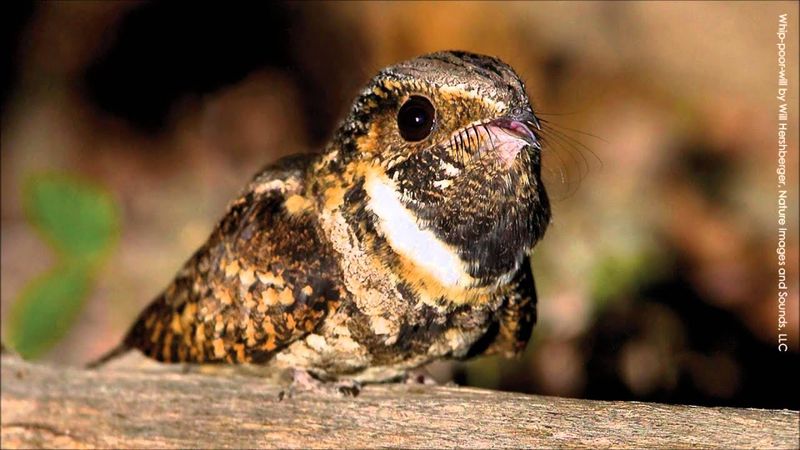
The Eastern Whip-poor-will, native to North American woodlands, is famed for its distinctive and repetitive call. While not a mimic in the traditional sense, its consistent call patterns can lead to confusion among listeners.
This bird’s vocalizations are most active at dusk and dawn, creating an eerie yet beautiful atmosphere in its habitat. The Whip-poor-will’s call serves as a means of communication and mate attraction.
Its cryptic plumage and unique call patterns make it a mysterious presence in the forest, often heard but rarely seen, adding to its enigmatic charm.
Common Hill Partridge
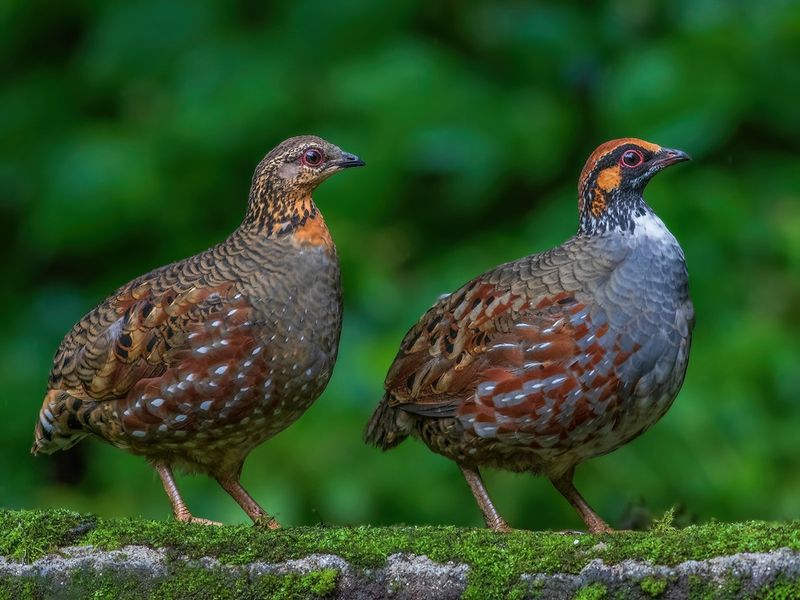
The Common Hill Partridge, found in the forests of South Asia, is known for mimicking the sounds of local wildlife. This vocal mimicry aids in communication and can confuse potential predators.
The bird’s vibrant plumage and distinctive calls make it a striking presence in its natural habitat. Its mimicry skills showcase its adaptability and intelligence, as it navigates the complex soundscape of the forest.
By blending in with the chorus of the forest, the Common Hill Partridge maintains its place within the ecosystem, contributing to its acoustic diversity.
Parotia
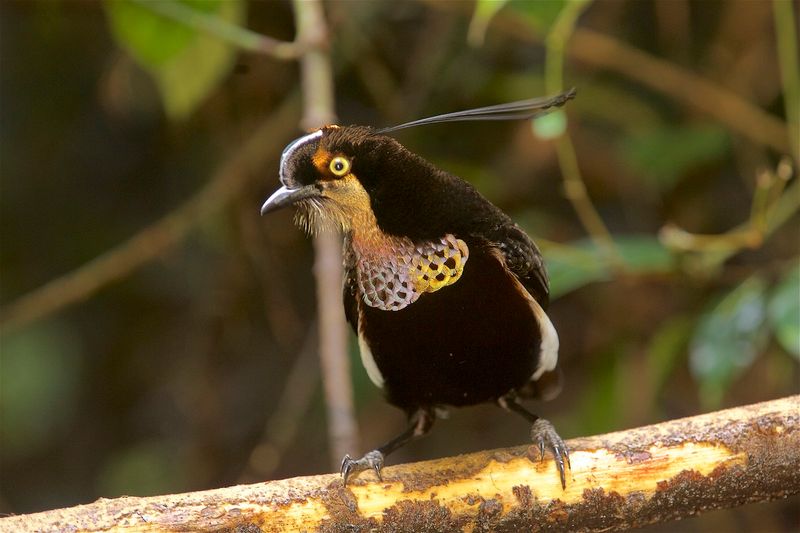
The Parotia, native to New Guinea, is renowned for its elaborate courtship displays and vocal mimicry. Males perform spectacular dances, accompanied by mimicking rainforest sounds to impress females.
Their vocal abilities are a key component of their mating rituals, adding to the sensory experience of their displays. The Parotia’s iridescent plumage and intricate dances make it a captivating sight.
These birds highlight the connection between visual and auditory displays in avian courtship, showcasing their intelligence and creativity in attracting mates. The Parotia’s performances are a testament to nature’s artistry.
Grey Catbird
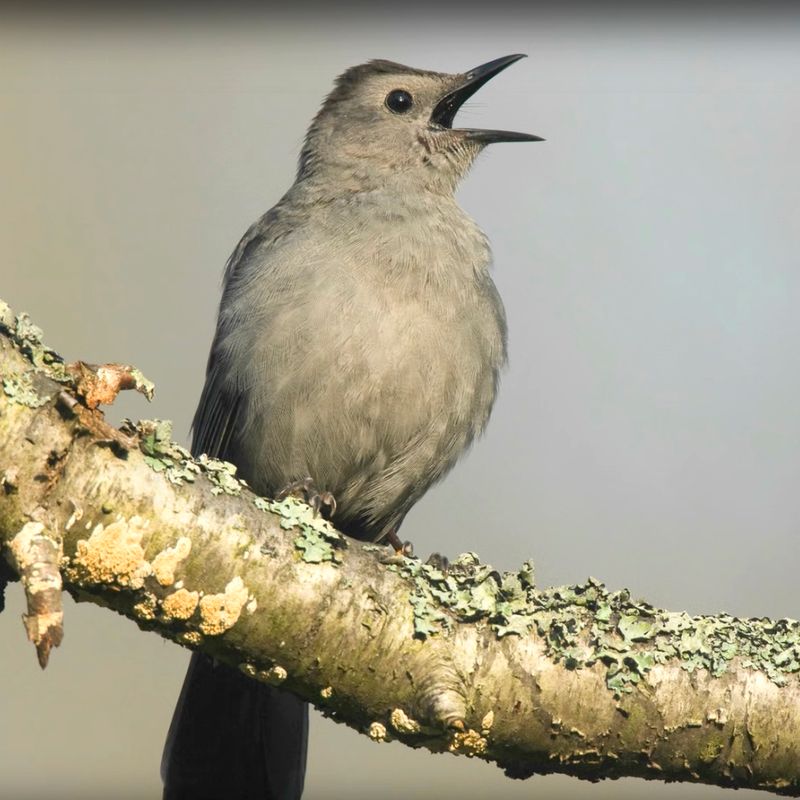
The Grey Catbird, found in North America, is known for its cat-like meowing sounds and ability to mimic other birds. This mimicry is used for communication and mate attraction.
Its song repertoire includes a variety of sounds, creating a unique blend of vocalizations. The Grey Catbird’s adaptability to suburban and woodland environments highlights its resilience.
With its muted plumage and distinctive calls, the Grey Catbird remains a subtle yet intriguing presence in its habitat, captivating birdwatchers with its vocal performances.
Rufous-vented Tapaculo
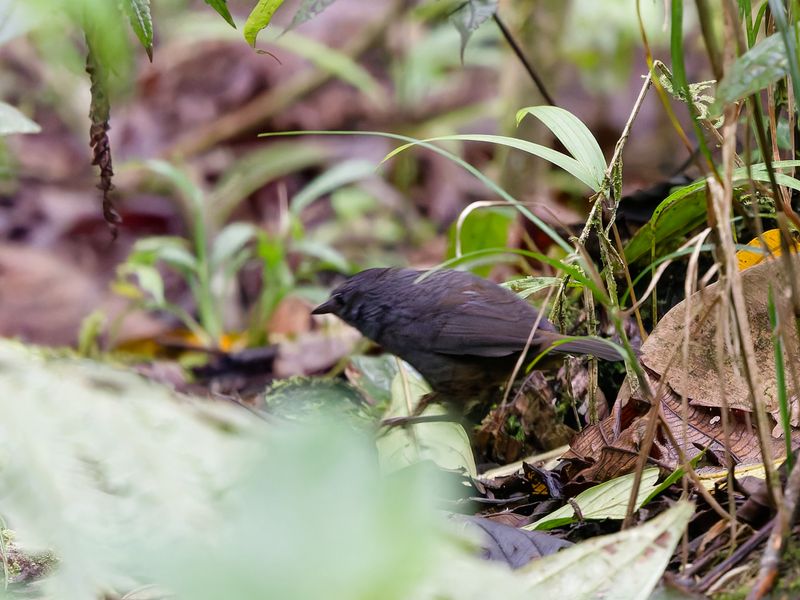
The Rufous-vented Tapaculo, native to South America, is known for its vocal mimicry, including insect sounds and bird calls. These vocalizations aid in territory defense and communication.
Its secretive nature and dense forest habitat make it a challenging bird to observe. The Rufous-vented Tapaculo’s mimicry skills highlight its adaptability and role in the forest’s acoustic environment.
By imitating sounds from its surroundings, this bird blends into the auditory landscape, maintaining its presence while avoiding detection from predators.
White-crowned Sparrow
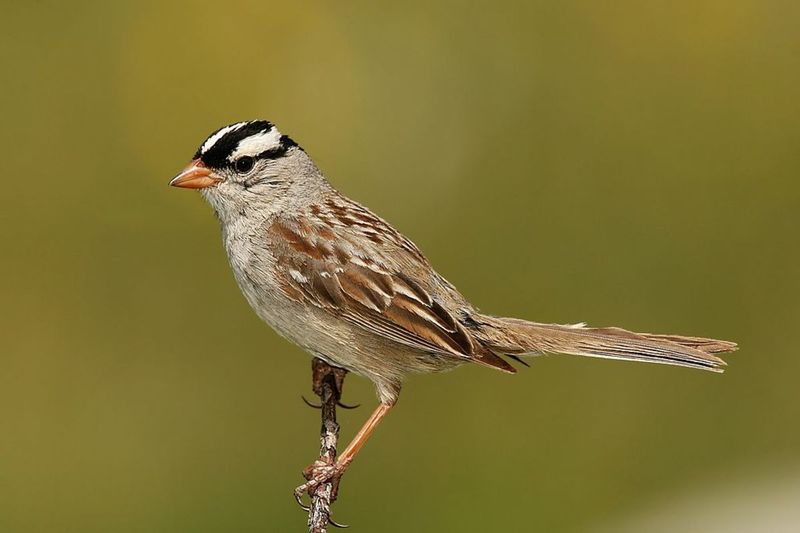
The White-crowned Sparrow, found across North America, is a songbird known for its clear whistles and mimicking abilities. It can replicate other bird songs and environmental sounds.
This mimicry assists in mate attraction and territorial defense, showcasing its vocal versatility. The sparrow’s distinct black and white head stripes make it easily recognizable in its habitat.
As part of the avian community, the White-crowned Sparrow contributes to the rich tapestry of nature’s symphony, its songs resonating through fields and forests, captivating those who listen.

